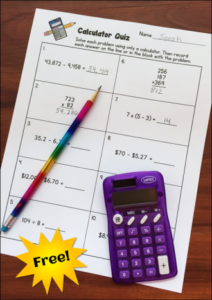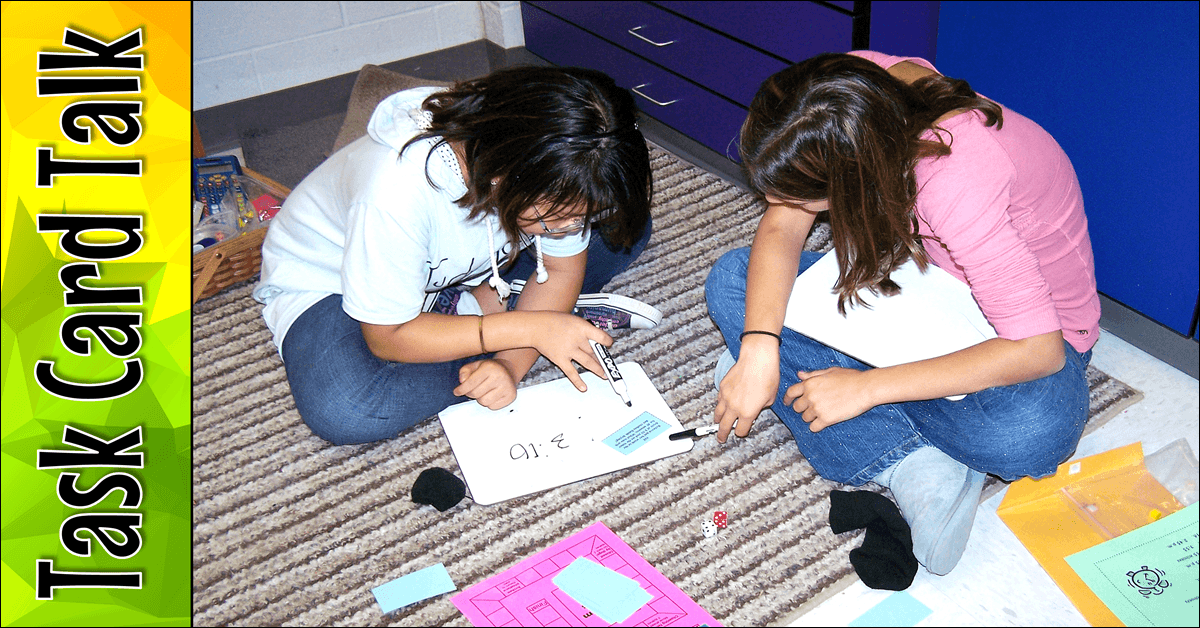Students often fear math and are especially intimidated by word problems. These feelings prevent them from being able to relax, think clearly, and apply what they’ve learned to problems they’re trying to solve. The resulting “brain freeze” serves to reinforce the idea that mathematics is scary and difficult. Math standards keep getting tougher, and students are expected to be proficient at solving complex problems far beyond what we were expected to solve at their age. How are we to help our students become confident problem solvers when math continues to get more challenging?
8 Ways to Motivate Kids to Love Problem Solving
Fortunately, there are many tools and strategies you can use to show your kids that math isn’t all that scary after all. Here are 8 strategies that helped my students feel more comfortable with problem solving. These techniques thawed their attitudes towards math and motivated them to actually enjoy problem solving!
- Implement a daily problem-solving program in which students solve just one word problem a day, and start with easy problems they can ALL solve without difficulty.
- Mix up the types of problems and present challenges that require different problem solving skills and strategies. This will require your students to tap into different types of math content and skills to solve them.
- Keep problem solving sessions short at first – no more than 10 to 15 minutes a day – but as students start to look forward to these sessions, you can include longer problems that require more persistence.
- Refer to word problems as “puzzlers,” “brain teasers,” or “stumpers,” and present them as fun challenges rather than dreaded math problems.
- Alternate cooperative learning strategies with independent work to add an element of fun while ensuring individual accountability.
 Teach your students how to use a calculator correctly, and allow them to use calculators during problem solving sessions. Using a calculator takes away the fear of making computational errors, allowing students to focus on finding the right strategy to solve the problem. If you aren’t sure if your students know how to use a calculator properly, download and administer this free calculator quiz to find out.
Teach your students how to use a calculator correctly, and allow them to use calculators during problem solving sessions. Using a calculator takes away the fear of making computational errors, allowing students to focus on finding the right strategy to solve the problem. If you aren’t sure if your students know how to use a calculator properly, download and administer this free calculator quiz to find out.- Require students to show their work with pictures, symbols, or words, but don’t require them to write complete sentence explanations for every problem they solve.
- After giving students time to solve a problem, reveal the correct answer up front and then spend the remaining time asking students to share strategies. Ask, “How many different ways can we discover to solve this problem?” Call on several student volunteers to come to the front of the class, one at a time, to demonstrate how they solved the problem. This will highlight the variety of different ways a problem can be solved.
 Ready-to-use Math Problem Solving Resources
Ready-to-use Math Problem Solving Resources
If you feel overwhelmed at the thought of creating your own daily problem solving program, check out my Daily Math Puzzler resources and my Math Problem Solving Bundle. The bundle includes all four levels of the Daily Math Puzzlers, plus the editable Math Mindset Challenges book and my webinar, Math Problem Solving: Mindsets Matter.
I’ve had great success with this daily problem solving program and the 8 strategies I shared in this post. When I invited teachers to field test the Daily Math Puzzler word problems and try these strategies with their students, they experienced similar results. In fact, many of them shared that their students now look forward to these daily problem solving sessions and seem much more confident in math!








